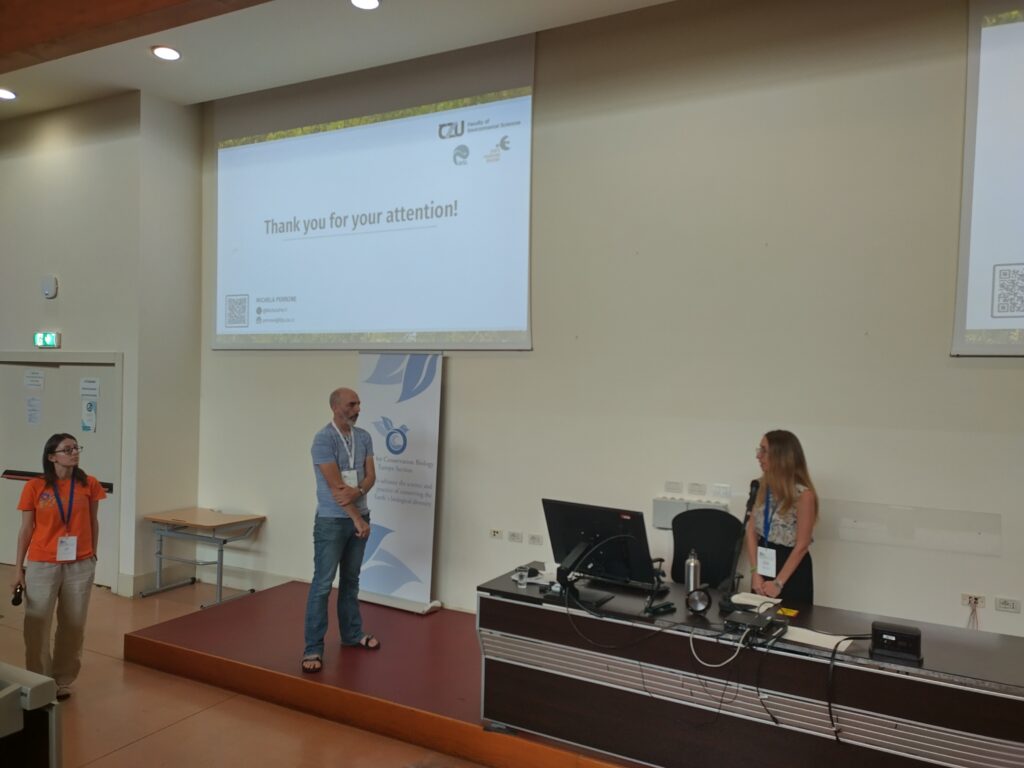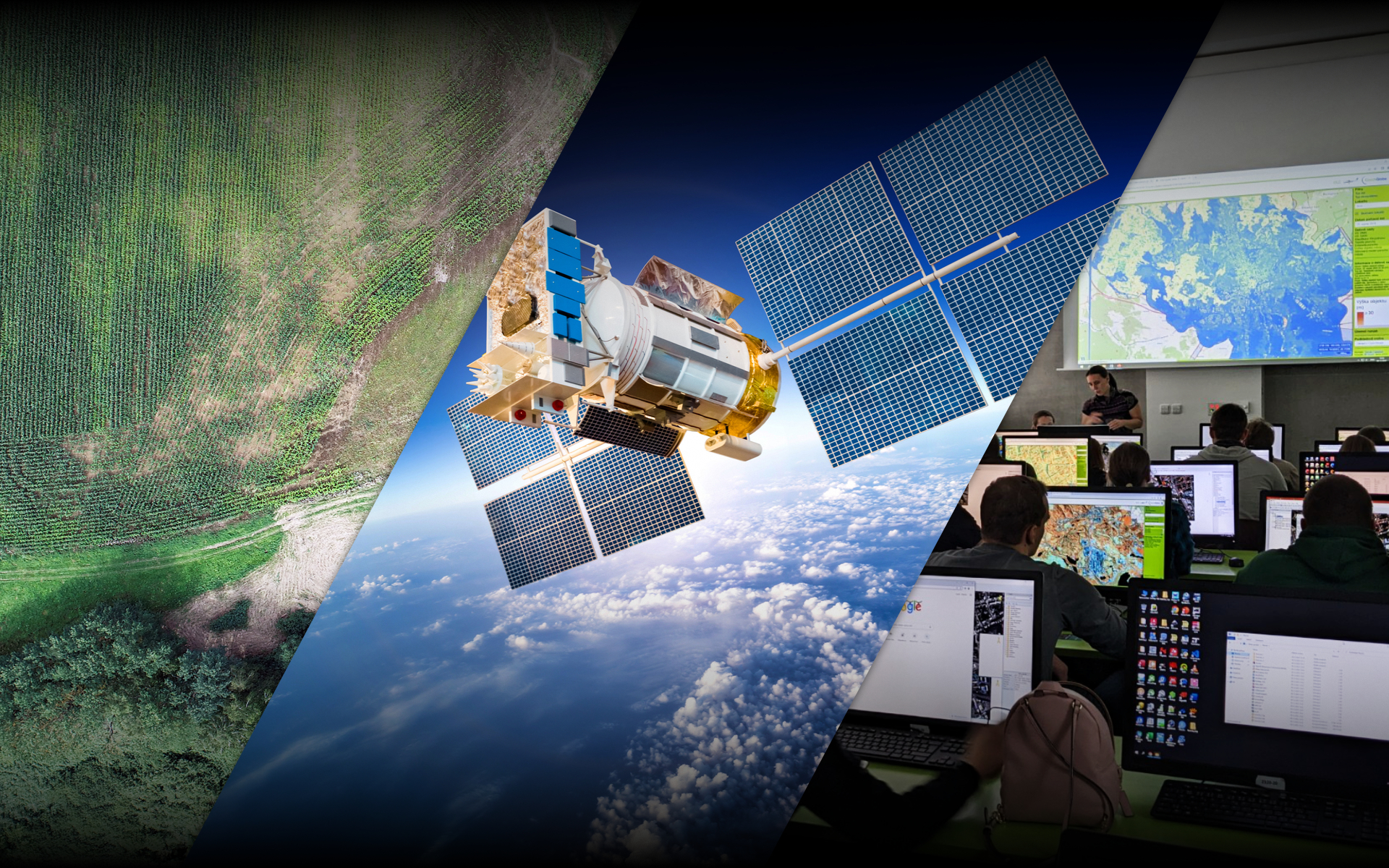The 7th European Congress of Conservation Biology, held in the historic city of Bologna, was a gathering of some of the brightest minds in the field. Among the distinguished attendees were Michela Perrone and Vitezslav Moudry, who brought significant contributions to the event. Moudry, in particular, captivated the audience with his presentation titled „Availability and Usability of Airborne Laser Scanning Data in Conservation Biology.“
Unlocking the Secrets of Ecosystems with Airborne Laser Scanning
Ecosystem structure, specifically the vertical and horizontal distribution of vegetation, is a critical aspect of habitat heterogeneity. This structural complexity is a key determinant of species distributions and biodiversity. The Essential Biodiversity Variables (EBV) framework recognizes ecosystem structure as one of its six fundamental classes, underscoring its importance in conservation efforts.
Airborne Laser Scanning (ALS), a cutting-edge remote sensing technology, offers a unique opportunity to study vegetation structure in unprecedented detail. By generating three-dimensional point clouds, ALS data provides intricate information about the vertical and horizontal layers of vegetation, from canopy height to understory density.
The Growing Availability of ALS Data
Over recent years, the availability of ALS data has significantly increased. National agencies across Europe have invested heavily in data acquisition, resulting in extensive datasets that are often made publicly accessible. This openness has the potential to revolutionize ecological research and conservation biology.
For instance, researchers can use ALS data to model habitat suitability for various species, monitor changes in ecosystem structure over time, and assess the impacts of land-use changes on biodiversity. The precision and granularity of ALS data enable scientists to conduct studies that were previously impossible, offering new insights into the intricate dynamics of natural habitats.
Challenges in Harnessing ALS Data
Despite its promise, the full potential of ALS data in conservation biology remains largely untapped. One significant barrier is the complexity of processing ALS point clouds to extract meaningful ecological variables. This task requires advanced remote sensing skills, which many ecologists may not possess.
Moreover, the fragmentation of ALS data across different national agencies presents another challenge. Researchers aiming to conduct studies on a continental scale face significant hurdles in accessing and harmonizing datasets from multiple countries. This fragmentation effectively denies many ecologists the ability to utilize the data for broader, transnational studies.
The Path Forward: Harmonizing ALS Data
In his presentation, Vitezslav Moudry emphasized the urgent need for harmonization of ALS data across Europe. He outlined a three-pronged approach to address the current challenges:
- Concentrating on ALS Data Availability in Europe: Understanding the current landscape of ALS data availability is crucial. This involves mapping out which countries have public ALS datasets and the extent of their coverage.
- Showcasing Successful Uses in Ecology and Conservation: Moudry highlighted several case studies where ALS data has been effectively used in ecological research and conservation efforts. These examples serve as a testament to the potential of ALS data and provide a roadmap for future applications.
- Advocating for Harmonization Efforts: To unlock the full potential of ALS data, there is an urgent need for harmonized data standards and centralized repositories. This would facilitate easier access and integration of datasets, enabling large-scale ecological studies and more effective conservation strategies.
Conclusion
The 7th European Congress of Conservation Biology showcased the transformative potential of airborne laser scanning data in the field of conservation biology. As Michela Perrone and Vitezslav Moudry highlighted, the increasing availability of ALS data offers unparalleled opportunities to enhance our understanding of ecosystem structures and biodiversity. However, to fully leverage this potential, concerted efforts are needed to overcome the current challenges in data processing and harmonization. By addressing these issues, the scientific community can pave the way for groundbreaking research and more effective conservation practices across Europe and beyond.



